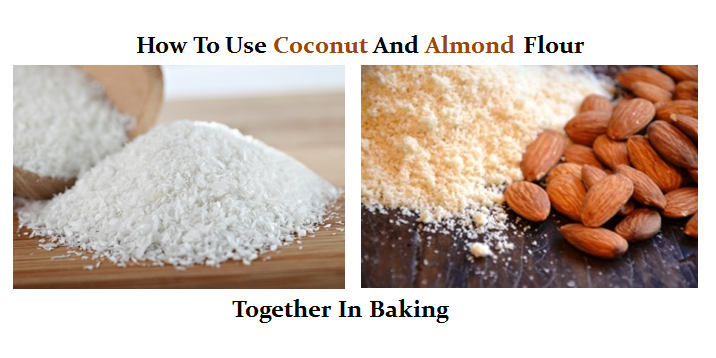Learn how to use coconut and almond flour together in baking. Check out the article we found over at Health Impact News.
By Sarah Shilhavy
Health Impact NewsAs gluten free diets have gained in popularity, almond and coconut flours have become a trusty staple in many gluten free pantries. While coconut flour is the fiber from coconut meat after nearly all the oil has been extracted, almond “flour” is really just almonds ground up into a fine meal, and is also marketed under the name “almond meal”. Considering how mild, pleasant and versatile almond flour is in terms of taste and texture, it has become a very valuable addition to any baking pantry, gluten free or not.
How to Use Coconut and Almond Flour Together
When used together, these two flours can make a very flavorful and foolproof gluten free taste and texture, much more so than if you used them on their own. The almond flour balances out the moisture issue with coconut flour, requiring less eggs while the finer texture of the coconut flour blends and evens out the often irregular texture of almond flour.
Using them together is fairly straightforward. But here are a few general guidelines before you get started:
- Use more almond than coconut flour.
Coconut flour is a very dense, concentrated, and dry flour, whereas almond flour is the exact opposite. Start out with about twice as much almond to coconut flour and adjust as needed.
- Not too many eggs.
Coconut flour is notorious for requiring many eggs to make up for the lack of bonding gluten. However, when mixed with almond flour, only 1 extra egg is needed, if even that. Getting away with using fewer eggs is actually not that hard, which leads to the next point:
- Use a liquid.
In most quick bread type baked goods, using a liquid provides moisture and helps with the binding texture. This goes for gluten free baking as well, especially with almond flour. Adding a liquid, preferably one with fat (such as dairy or nut milks) will not only act as a binder, but also add flavor and make up for coconut flour’s dryness.Something else you may have noticed while shopping for almond flour are all the different types: blanched, raw, salted, unsalted, roasted and salted, and so on. These are easily made yourself. All that is needed is the right type of almond. Example: if roasted or blanched almond flour is needed, just blend up roasted and salted or blanched almonds, and so on. Feel free to play with these different types to see how it effects the flavor of your finished product.
The best almonds currently available, if you can find them, are organic almonds that are not from California. California has some serious sustainable issues with their commercial almond industry.
Check your sources for good almonds, make almond flour yourself in mere minutes, mix it with coconut flour and experiment with different recipes to see what you think works best.
Next Article: Grain Free Bread Made With Coconut Flour
Read full article: How to Use Coconut and Almond Flour Together in Gluten Free Baking







Susan Dantzler
Sep 21. 2017
Cynthia Scorzelli